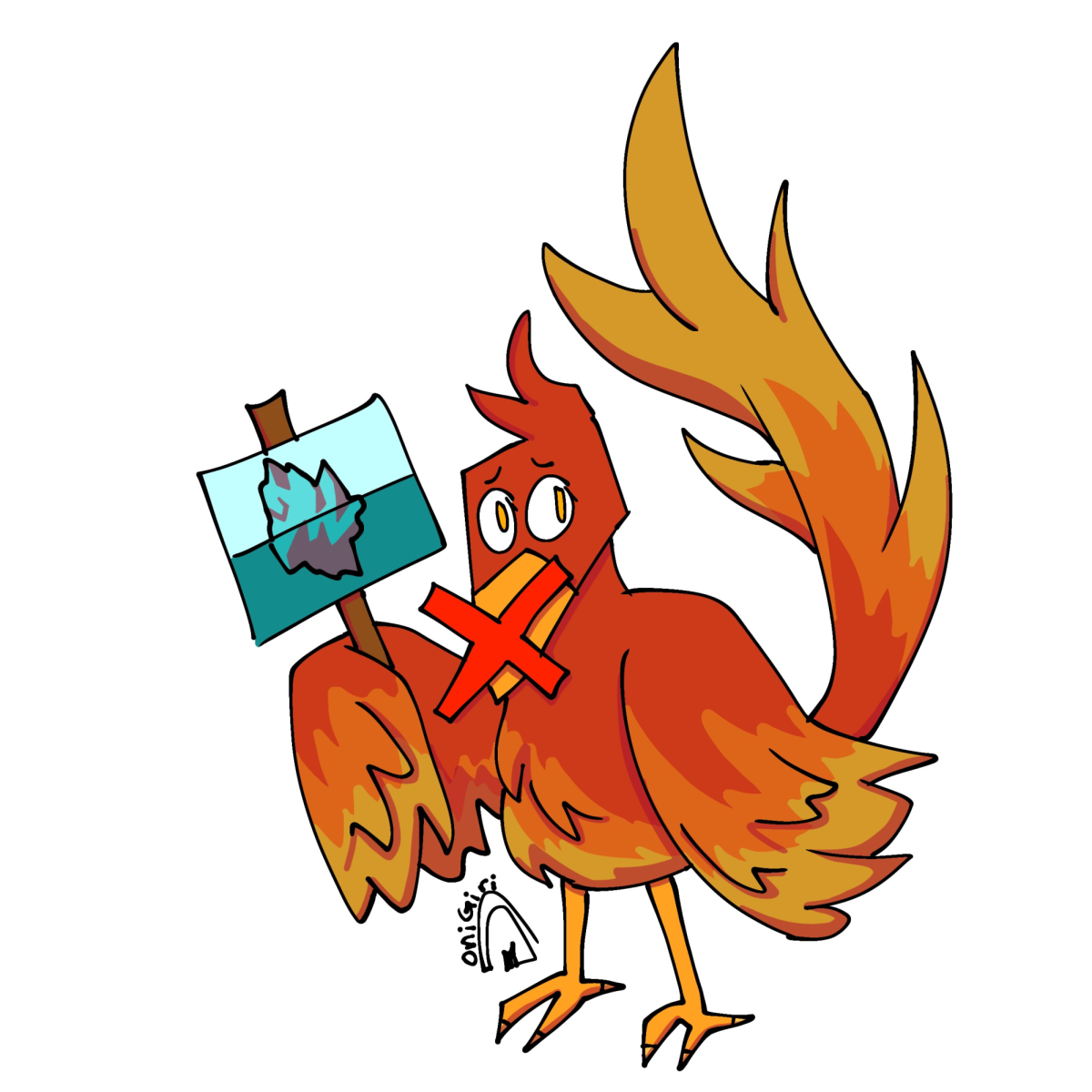The initial buzz from Pokémon Go’s July 6 release has waned, but Pokémon’s relevance and the experience the app offers has kept it going strong on campus.
Pokémon made its U.S. television debut in 1997 and has remained on air. The franchise’s early popularity aligned with UTSA students’ childhoods; therefore, at the very least, many are familiar with Pikachu. The target audience of the latest Pokémon craze, ‘Pokémon Go’, is that same demographic, those who grew up on Pokémon.
A stronger allure to ‘Pokémon Go’ is felt by those who experienced more than the show. The Pokémon franchise, paired with Nintendo, offered a handheld gaming experience: one of Nintendo’s top grossing franchises, second only to Mario. The series has sold over 279 million copies and its latest edition is set for release this fall. The game’s past sales and consistent success has fixed the franchise into the lives of many current college students because those releases corresponded with Pokémon’s late-nineties and early-2000s run.
The ‘Pokémon Go’ app has parallels with the Nintendo handheld series. The game follows its predecessor’s opening script, and features many of the same items, like Potions and Poké Balls, but the strongest commonality are the primary objectives: catch ‘em all, and win gym battles!
How ‘Pokémon Go’ users reach these objectives are inherently the same as the Nintendo franchise: walk till you find a Pokémon and battle at gyms with those you have caught. What’s different is now a User physically walks, instead of gaming stationary. This makes for the perfect combination of the new with the familiar.
Nostalgia aside, ‘Pokémon Go’ still captures campus-users. The app brought augmented reality to the mainstream, a feature used by the Google Glass. Millions of students across the globe have enjoyed the novelty of having superimposed images in their viewpoint.
Some locations offer better ‘Pokémon Go’ experiences; UTSA’s campus is one of them. Urban areas boast better gameplay than their rural counterparts because urban areas have more points of interests, such as statues, parks, artwork, and memorials. These points often are designated “Pokéstops” or “gyms,” places for users to collect gameplay necessities and battle.
The appearance of Pokémon in the game correlates with the number of active Users within the same vicinity. Like an urban area, UTSA campuses have both, points of interest— the iron roadrunner statue for example— as well as a consistent traffic of potential users. Those factors combined make UTSA’s campus an ideal place to master ‘Pokémon Go’.
The month-old app ‘Pokémon Go’ has made a splash: records were broken and headlines were made. The app’s lifespan looks promising, and campus life certainly contributes. It’s where the app’s target audience congregates and where its gaming experience is at its peak.
Pokémon captured many 90s babies’ hearts in the past; ‘Pokémon Go’ may continue that trend.












